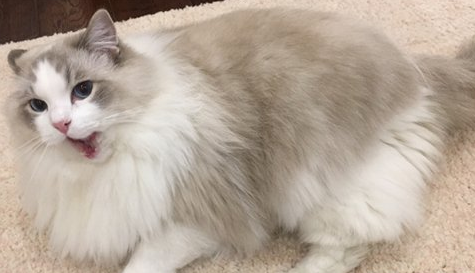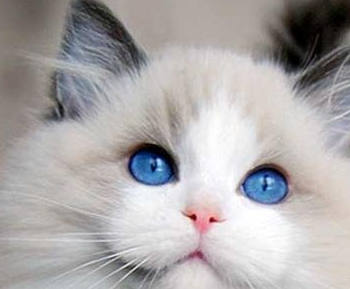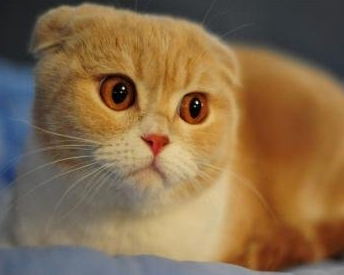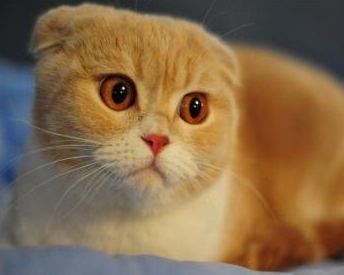High blood pressure in cats can have a sudden effect on cats, even if the owner of the cat thinks the cat is healthy. It’s shocking and unsettling when your cat goes from “good” to “very bad” in a matter of hours. Imagine your old cat as lively as a kitten: it’s in good shape and enjoying life to the fullest. One morning, it looked confused and disoriented—the cat was suddenly blind, like flipping a light switch. Sadly, this condition is all too common, most likely because cats have high blood pressure, and it can also cause other serious problems such as stroke, hind leg paralysis, seizures, and heart damage. The biggest concern about high blood pressure is that you don’t have any symptoms before it happens.

Which cats are susceptible to high blood pressure?
By determining if your cat is in a “dangerous” group, you have the ability to take steps to identify it and take protective measures. Here are some cats prone to high blood pressure:
Age: Elderly cats – cats over 7 years old, with a tendency to high blood pressure. The older the cat, the greater the risk.
Health: Certain problems can make high blood pressure improve dramatically. Among them, the most worrying felines are:
diabetes
hyperthyroidism
Kidney disease
If your cat is in one of the groups, what can you do to protect it? The answer is to measure her blood pressure. It’s super easy and painless.

Measure the blood pressure of the cat
If you’ve ever measured your blood pressure at a doctor, you’ll be familiar with what’s going on there. The only difference is that the inflatable cuff is either placed above the cat’s elbow (or the bottom of the tail), and the pulse used is located on the wrist (or under the tail) rather than at the bend of the arm. The veterinarian will take several readings in order to get an average. During the measurement, they may ask you to stay with the cat so you can act as a comforter. The measurement used to determine whether drug therapy is needed is called “systolic blood pressure.” Based on this reading, the veterinarian makes a judgment on what to do next. For example: systolic blood pressure is less than 140, then this is normal and no action is required; 140–180, it seems a bit high, but it is acceptable; 180–210: This is high and needs treatment; 210+: It is particularly dangerous, it must be treated.
Of course, a cat is a cat, and it can feel stressed in a veterinarian. If blood pressure is at a critical value or there is a concern of stressful hypertension (rather than a true increase in blood pressure), the readings should be repeated within 2-4 weeks.

Treatment of high blood pressure in cats
Now there’s good news: high blood pressure in cats is treatable! For cats with underlying conditions such as kidney disease or hyperthyroidism, stabilizing these problems can go a long way toward lowering blood pressure. Some common treatments for kidney disease can also lower blood pressure slightly. But if your hyperthyroid cat is stable and her blood pressure is still high, then another medication, such as amlodipine.
The cat’s blood pressure suddenly rises sharply. Usually causes blindness, stroke, or seizures. These are serious complications that require urgent attention, especially since vision can sometimes be restored if action is taken immediately.
